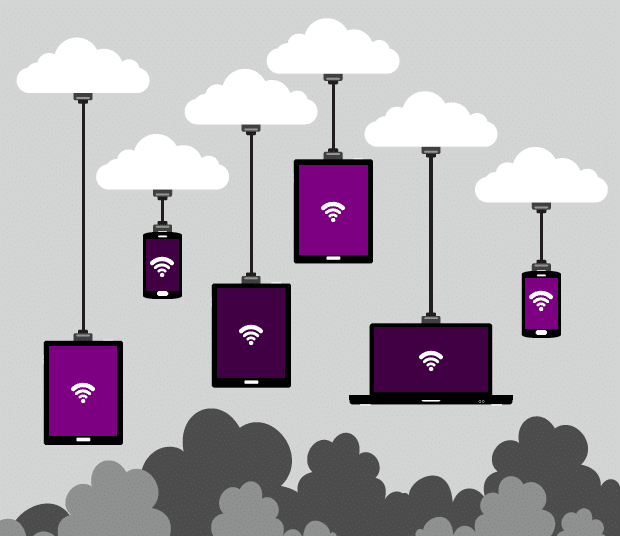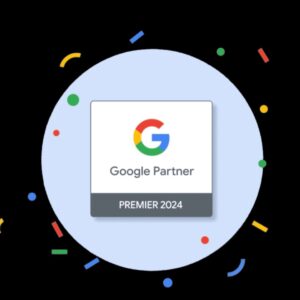How to Build a Cookie-Free Prospect Model with First-Party Data + Robust Identity Graphs
UPDATE: On July 27, 2022, Google announced that it would be pushing back its timeframe for phasing out third-party cookies until 2024. While this buys advertisers more time to prepare, third-party cookies are still becoming less and less relevant to a sustainable, successful advertising strategy.
Third-party cookies are on their way out. But, luckily, there’s a solution — first-party data — that will help marketers not only adapt, but potentially tap into data that more effectively drives ROI. Building a targeted prospect model that accurately reflects your current and potential customers based, in whole or in part, on first-party data is one of the best ways to evolve ahead of the changing privacy landscape.
Here’s how we build and utilize a targeted prospect model that doesn’t rely on cookies — and where you can start.
First-party data is critical to better understanding consumer behavior, segments, and trends.
Boston Consulting Group
1. Create or strengthen a targeted prospect model with first-party data.
First-party data (the data collected directly from your customers) is the most reliable for making predictions and forecasting behavioral trends — they’ve already purchased from your brand.
Begin by building a targeted prospect model to mirror the profile of your existing customers. By carefully examining your current customers, you’ll find commonalities among them — age, income, family demographics, property ownership, etc. This data can also pinpoint similar behavioral characteristics, which are more nuanced. For example, these variables can include how often they frequent restaurants, or how much they read (and what), or if they’re into arts and crafts.
For example, our data sources analyze as many as 2,600 variables to build our prospect models. From these first-party variables, we use third-party data sources, such as Oracle DMP or Salesforce, to identify people with the same or very similar characteristics and build a propensity model of targeted prospects. Because this new prospect pool digitally acts like people who have purchased before, we know they possess a propensity to buy and are most likely to increase a campaign response rate.
In addition to offline datapoints, we have access to more than 70,000 variables from over 400 third-party sources in the online data marketplace to enhance our understanding target audiences, and identify signals suggesting when they may be about to become active shoppers.
The vast number of these variables may seem extreme. But when Google eventually blocks third-party cookies, you’ll need to harness granular first-party data to remain competitive.

2. Track more accurately by using robust identity graphs, instead of only IP addresses.
With a targeted prospect model file in hand, the next step is to overlay it with software that tracks device IDs rather than the inaccurate method of tracking IP addresses alone. An IP address is an internet access point, such as a modem or router, which typically has multiple devices operating off it. This makes it impossible to know which device is being used by whom and when.
On the other hand, the user ID tracks an individual across multiple touchpoints on specific smartphones, laptops, TVs, or tablets. Studying usage patterns of all devices allows you to identify an individual user and match him or her to individual devices. Brands and marketers can then follow their ideal audience and receive more data from targeted users. This data can be used to build highly targeted prospect models that exceed the accuracy of third-party browser cookies.
For example, we utilize identity graphs’ user IDs to connect a modeled prospect audience to the devices they use to access digital content. And we can engage with them programmatically at the times they’re most likely to respond. This increased campaign effectiveness is enhanced by both targeting the right prospects, and by not wasting impressions when they are less receptive.
3. The cookie-less future is almost here — invest in targeted prospect model solutions.
After several decades, third-party cookies are leaving the building. When Google blocks third-party cookies, over 95% of browsers will be affected and online advertising will have adapted through another seismic online shift.
Investing in first-party data is not just reliable, it’s an even better alternative. First-party data offers a more accurate look at your ROI than other types of measurement. How? It provides digital match back data based on actual sales — instead of relying on numbers that are further away from customers’ point of purchase.
Many mid-sized businesses don’t always have the budget to purchase the sophisticated software needed to build highly targeted prospect model files with hundreds of demographic variables to build a first-party database. But we do.
Ever pre-prepared for changes and innovations in digital marketing, we’ve built a sophisticated knowledge platform with transformational effects on mid-size businesses whose sales (all or just a portion) occur offline. Urgent care, financial services, real estate, education, retail and restaurant brands, and tourism are just some examples of the industries we have worked within to build targeted prospect models, inform business strategy, and provide accurate, quantifiable ROI. And we’re ready to support your team however we can.
To learn more about how your brand can prepare for the cookie-free future, reach out to our expert team.






